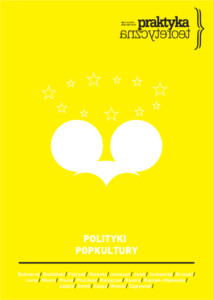
We kindly inform you that, as long as the subject affiliation of our 300.000+ articles is in progress, you might get unsufficient or no results on your third level or second level search. In this case, please broaden your search criteria.

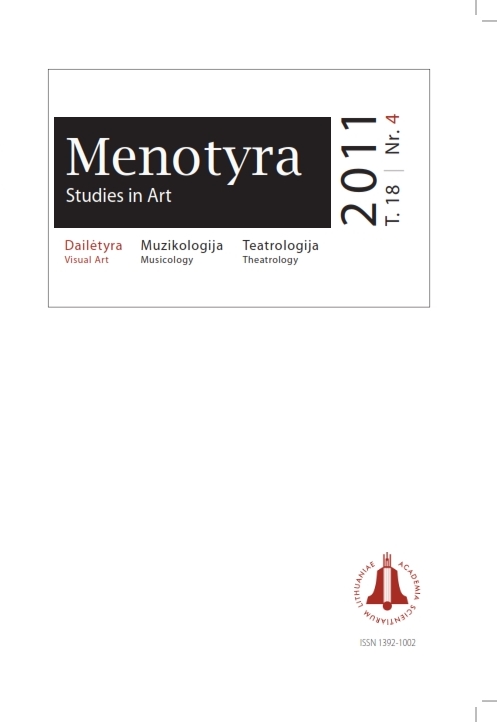
The aim of this article is to publicize a unique and valuable collection of honorary gifts and sports awards of interwar Lithuanian sportsmen that is preserved at the M. K. Čiurlionis National Museum of Art.In 1942, over 260 items, including prizes, automobile club badges, posters, flags and pennants from the former Physical Culture House, were transferred to the then Vytautas the Great Museum of Culture. Most of the exhibits were original works by Latvian, Estonian and Lithuanian artists Sigismunds Vidbergs, Verner Krisdon, Auguste Silinia, Otto Tammeraid, Eduard Taska, Jonas Juozas Burba, renowned goldsmiths from Riga, Tallinn, Kaunas and Western European countries. The collection includes the Latvian President Karlis Ulmanis’ gift to the Lithuanian national team, the prize winner of the 2nd European Men’s Basketball Championship held in Riga in 1937, the award established by the Lithuanian President Antanas Smetona to the winner of the 3rd European Men’s Basketball Championship held in Kaunas in 1939, won by the Lithuanian national team, and a copy of the sculpture of the Capitoline Wolf, the prize to the winner of the 2nd place in the 1st European Women’s Basketball Championship in Rome in 1938. The larger part of the sports prizes is now displayed in the exhibition at the Historical Presidential Palace.
More...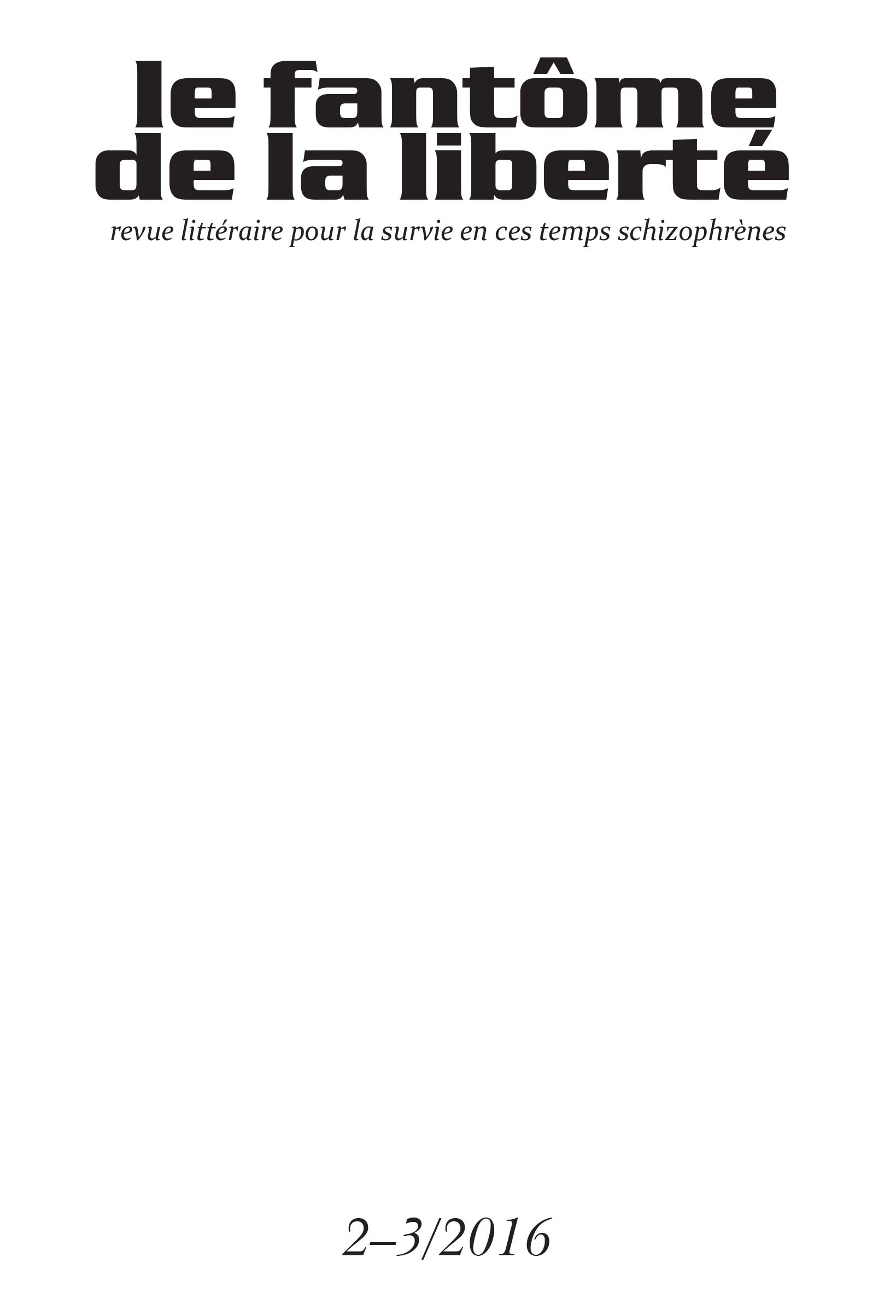
Je m’entretiendrai ici du romantisme, du besoin de se moquer sans fin et de ce que j’entends quand je dis : le travail est une honte. Comme j’aimerais être bref et compris par tous ! Mon intention est de faire le portrait d’un homme romantique qui possède toute la lenteur de l’Est et la sensibilité maladive de l’Ouest. Le contraste est dépassé et je ne dis pas cela en opposition au type patriarcal ou macho de la psychologie masculine. Il s’agit d’autre chose. À faire un discours objectif, je gagnerais la connaissance mais perdrais l’âme des choses. La vie n’est pas à considérer ou comprendre objectivement. Comprendre, c’est rester en dehors des choses. « C’est ce que Méphisto avait offert à Faust, c’est ce que Satan agite devant les yeux du monde des hommes. Le pouvoir au détriment de la réalité. »
More...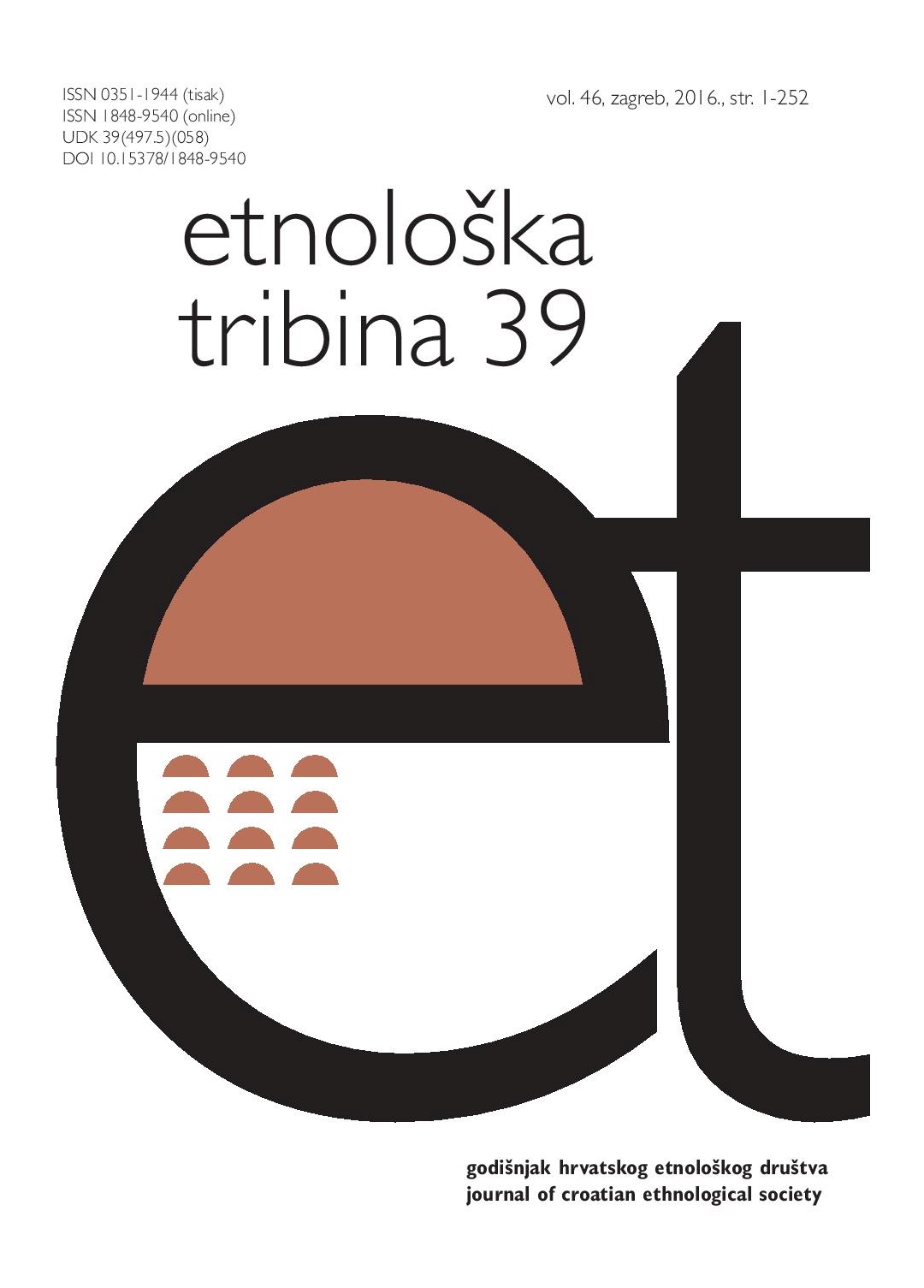
This paper focuses on the possibilities and limitations of the contemporary dérive as a form of ethnography in contemporary Delhi. The dérive, which originated as the Surrealist déambulation and subsequently became the Situationist dérive in the late 1950s, has now been re-imagined by walking artists and practitioners. In seeking to locate the Situationist dérive as an ethnographic practice within (Old) Delhi through Abdelhafid Khatib’s dérive, this paper dwells on the experimental origins of the Situationist dérive and its journey through contemporary pedestrian practices, and asks how walking as a gendered, autoethnographic practice of the city might help narrate and navigate Indian urban spaces.
More...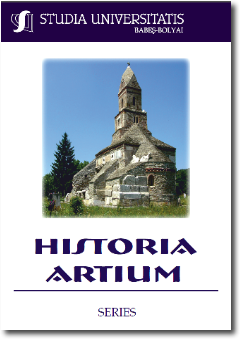
O scurtă Prolegomena la prezentarea volumului Programul arhitectural al Bisericii Române Unite cu Roma. Episcopia de Gherla și Cluj-Gherla (1853-1947). Tendințe stilistice între Orient și Occident, Editura Mega, Cluj-Napoca 2018, datorat istoricului și criticului de artă, Ina Roșu Vădeanu, face trimitere – plăcută realitate – la o programată și succesivă alegere tematică a disertațiilor întocmite sub generoasa cupolă a istoriei artelor din cadrul Facultății de Istorie și Filosofie a Universității Napocense, cercetări integrate unei tradiții, unui proiect generos mai vechi, început încă în urmă cu o jumătate de secol de istoricii de artă din „echipa” Academicianului Virgil Vătășianu, cercetători și cadre didactice care au definitivat Repertoriul / Topografia monumentelor istorice din 10 județe ale Transilvaniei, iar între anii 1991-1998, au inventariat edificiile patrimoniale din 121 de localități săsești – dintr-un ansamblu de 241 de localități săsești – aflate în jud. Bistrița-Năsăud, în zonele Reghin, Sebeș, Valea Hârtibaciului, Sibiu și regiunea Târnavelor, topografie concepută după modelul folosit de secția de evidență a Direcției Monumentelor Istorice din Renania, Brauweiler, sub îndrumarea științifică a instituției germane și a Comitetului Național German ICOMOS (Consiliul Internațional pentru Monumente și Situri al UNESCO) în parteneriat cu Direcția Monumentelor, Ansamblurilor și Siturilor Istorice (DMASI) din România, Centrul de Proiectare, Academia de Artă și Institutul de Arhitectură “Ion Mincu” din București, Institutul de Arheologie și Istoria Artei al Academiei Române, Filiala Cluj, Institutul de Studii Socio-Umane Sibiu al Academiei Române, Muzeul Etnografic Brașov, colaboratori ai Muzeului Brukenthal din Sibiu și Birouri de arhitectură pentru relevee.
More...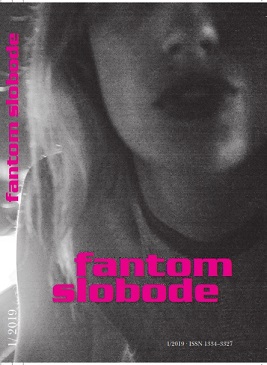
Elektronička glazba u Hrvatsku je došla na prijelazu u novo tisućljeće. Mase su se oduševile do tada nezamislivim zvukom, partijanere je bilo nemoguće izbrojati, a, kad bi se odvrtila posljednja ploča, tisuće bi ljudi okupirale grad u potrazi za prijevozom doma ili, vjerojatnije, afterom, čineći pokret fizički vidljivim, opipljivim i nezanemarivim i izvan klubova. Jedna od najživopisnijih priča iz toga doba je ona o legendarnom Under City Raveu, održanom u tunelu Grič, prvim gigantskom partiju u Zagrebu. Stvar, organizirana gerilski, izmaknula je kontroli, pa je ljudi bilo toliko da se u tunelu od vlage činilo da pada kiša. [...]
More...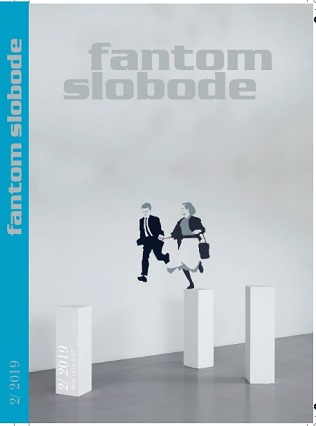
Izložba pod naslovom Slikarstvo kao alegorije teorije, koju sam krajem 2016. godine priredio u Muzeju suvremene umjetnosti u Zagrebu, kod dijela stručne javnosti proizvela je negodovanje i prilično negativne komentare. Oni su bili usmjereni ne prema izloženim radovima ili izboru radova nego prema temeljnoj premisi izložbe, a kojom sam predložio da umjetnička djela promotrimo u kontekstu teorije. Tada sam u katalogu izložbe napisao, među ostalim, sljedeće: »Na ovoj izložbi predlažemo zamjenu uloga slike i teksta i upućujemo na dvije naizgled kontradiktorne operacije: ‘čitanje slika’ rječnikom teorije na jednoj strani i ‘gledanje teorije’ u vizualnom kodu na drugoj strani. [...]
More...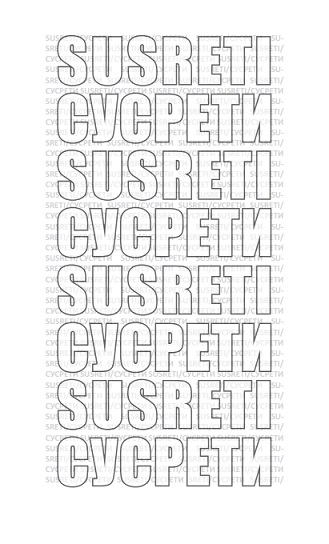
Različiti protagonisti tvore kazališni čin koji kao takav čini specifično institucionalno biće. Autorski, redateljski, glumački, scenografski, kostimografski i mnogi drugi strukturni segmenti jedne kazališne ćelije, kao osnove institucionalne kazališne kuće, predstavljaju obilježje i komada, i grupacija istih. Hrvatska drama na sceni mostarskog HNK je u predstavama rađenim po njoj iznjedrila u dosta teškim okolnostima značajan broj protagonista. Bez obzira da li su oni bili stalni članovi ansambla ili su gostovali u jednoj ili više predstava ostavili su traga kroz dvoipodecenijsko trajanje mostarskog HNK. Među autorima hrvatske drame koji su najviše puta igrani na ovoj sceni su djela Mire Gavrana. Redateljski rukopisi po kojima se prepoznaju komadi hrvatske drame izvedeni na ovoj pozornici su oni koje potpisuju Joško Juvančić, Želimir Orešković i Robert Raponja. Glumačke stranice ovog dramatskog žanra na HNK-ovskoj mostarskoj pozornici su kreacije Tatjane Feher, Sande Krgo, Ante Vicana, Tonija Pehara i Joze Lepetića. Svi spomenuti protagonisti ispisuju četvrt stoljeća Kazališta koje baštineći hrvatsku dramu postaje značajan konstituent ove dramske strukture u Regionu.
More...
Ово издање које ствара оквир за расправу о Мондријановом атељеу, у први мах делује као наставак једног претходног зборника (Атеље Џексона Полока), ако и једно и друго схватимо као два дела шире анкете о сликарском атељеу. Али између ова два атељеа постоји огромна разлика. Једна се књига држи сликара, онога што њихови атељеи значе за сваког од њих, друга је тривијалнија. [...]
More...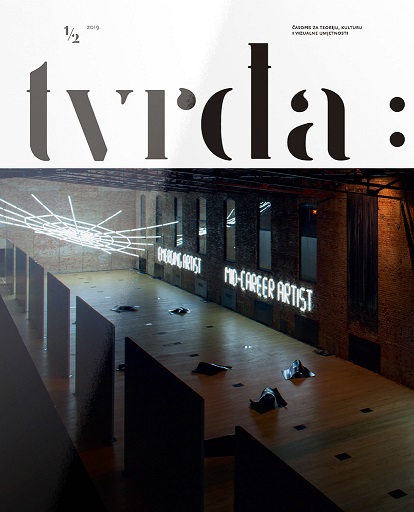
»Estetika i politika« su skupna - prečesto, zadana tema na međunarodnim konferencijama i simpozijima više od trideset godina, otkako je ta rubrika popularizirana kao okvir za skupne rasprave koje su započele 1930-ih u Njemačkoj. Vraća se svake godine, kao neka intelektualna druga priroda, obodrena neuspjehom u svijetu da se prevladaju suprotnosti o kojima se tu teoretizira: ekspresija i znanje, forma i privrženost, umjetnost i neumjetnost, umjetnost i život. Ove rasprave u isti mah potiču i blokiraju. Održavajući neovisne diskurse o estetici i politici živima, na maksimumu, pomoću kontradikcija koje su smislile, u naizgled beskonačnoj reprodukciji ovih suprotnosti zamišlja se nekakva dinamična stagnacija u središtu društvenih odnosa samih kapitalističkih društava: temporalnost »proširene reprodukcije« Istodobno refleksija i reakcija na ovo stanje, suprotnost između estetike i politike funkcionira tobože transcendentno, kao historijsko a priori i kao takva proizvodi svojevrsno estetičko-političko stanje - nekakvo intelektualno ublažavanje iritacije robnom kulturom. [...]
More...
Što je filozofija filma? Filozofija filma pojavljuje se s pokretnim zvučnim slikama. Za definiciju ove teme nije dovoljno akademsko i mehaničko iskustvo. Pokretna slika stvara forme na ekranu i kinematografske uvjete za stvari koje postoje izvan ovih formi. Forme temeljene na ekranu omogućavaju svakodnevni medij za učitavanje informacija, komunikaciju, razonodu i zabavu. Film, televizija, internetske platforme, pohranjivanje podataka, ekrani za igre, mobilni ekrani te umjetničke i nekomercijalne forme povezane s ekranima materijaliziraju pitanja i zamisli sadržaja proizvedenog u njihovom vlastitom mediju te u posredovanju sadržaja koje one proizvode: globalne vijesti, sportski događaji, svijet prirode, izmišljeni svjetovi i tako dalje. Bilo da su komercijalne ili alternativne, sve ove forme prolaze kroz posredničke distribucijske mreže (svakojake zajednice, ljudske i neljudske) i proizvode razne vrste oblika znanja. Nadalje, sadržaj temeljen za ekranu - ideje, povijesti, empirijski podaci - stvaraju drugačije vrste kinematografskih uvjeta. Bavljenje s ovim žargonom ekrana u akademskom kontekstu od praktičara filozofije filma zahtijeva ne samo iskustvo, govorenje i pisanje o formama ekrana kao pasivnih promatrača, već i svijest o njihovom sudjelovanju u kulturama ekrana i posredovanju ovih kultura putem distribucijskih mreža. Ono što je dostupno praktičarima odredit će vrstu konceptualizacije koju imaju o nekom pitanju. Forme ekrana stoga su problematični i složeni mediji koji formatiraju i postavljaju izazove percepcijskim sposobnostima sudionika. U ovoj su knjizi predstavljeni tekstovi mislioca angažiranih u procesu i koncipiranju kinematografskih vrijednosti i diskursa, kako oni shvaćaju i razvijaju filozofske i teorijske koncepcije. [...]
More...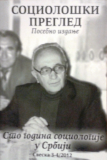
If the text of Mirko Kosic Sociology, published in 1912 in the journal Chronicle of the Serbian Matica, reason for organizing this Symposium, and the establishment of the group for Sociology in 1959 at the Faculty of Philosophy in Belgrade in establishing academic sociology in Serbia, then traces the constitution of special sociologies, especially those such as sociology of culture, should be sought in the space between the two volumes, the impact of the intersection of different disciplines, philosophy, history, literature, art, history, religion etc. As a teaching discipline appears in the curriculum at the department of sociology but in 1963 and the first journal of theory and sociology of culture Culture was published in the year of 1968, only one year after the establishment of the Institute for the Study of Cultural Development, the first specialized research facilities of its kind in Serbia.
More...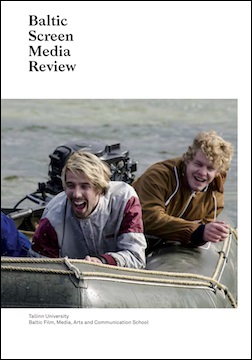
Drawing on a few concepts of postcolonialism, including Edward Said’s idea of Orientalism and Stuart Hall’s theory on representation, this article explores the representations of Estonian culture and language in two films by Ingmar Bergman, This Can’t Happen Here (Sånt händer inte här, Sweden, 1950; also known as High Tension) and The Silence (Tystnaden, Sweden, 1963). Through a descriptive textual analysis of the Estonian representational elements in these films, the article suggests that Bergman uses Estonian language and culture to establish a certain kind of Otherness, marking a cultural hegemony and exotifying a new foreign element in post-war Sweden. An additional aim of the article is to present and contextualise the exiled Estonian actors that starred in This Can’t Happen Here, as this has not been done in a scholarly context, and since the film ended up being their only cinematic appearance in their new adopted country.
More...
The review of: Anna Estera Mrozewicz, Beyond Eastern Noir: Reimagining Russia and Eastern Europe in Nordic Cinemas, Edinburgh: Edinburgh University Press, 2018, ISBN 978-1-4744-1810-2, 230 pp.
More...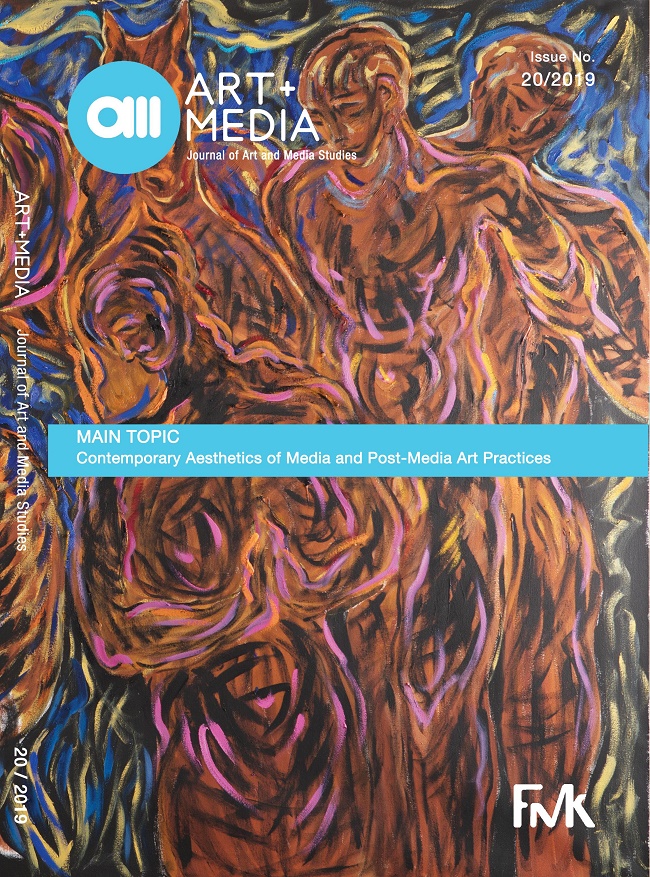
If aesthetic and teleological judgments are equally reflective, then it can be argued that such judgments can be applied concurrently to digital objects, specifically those that are products of the rapidly developing sophisticated forms of artificial intelligence (AI). Evidence of the aesthetic effects of technological development are observable in more than just experienceable objects; rooted in inscrutable machine learning, AI’s complexity is a problem when it is presented as an aesthetic authority, particularly when it comes to automated curatorial practice or as a progressively determinative aesthetic force originating in an independent agency that is internally self-consistent.Rooted in theories of the post-digital and the New Aesthetic, this paper examines emerging new forms of art and aesthetic experiences that appear to reveal these capabilities of AI. While the most advanced forms of AI barely qualify for a ‘soft’ description at this point, it appears inevitable that a ‘hard’ form of AI is in the future. Increased forms of technological automation obscure the increasingly real possibility of genuine products of the imagination and the creativity of autonomous digital agencies as independent algorithmic entities, but such obfuscation is likely to fade away under the evolutionary pressures of technological development. It’s impossible to predict the aesthetic products of AI at this stage but, if the development of AI is teleological, then it might be possible to predict some of the foreseeable associated aesthetic problems.
More...
The thinking power of Homo sapiens made human beings the lord of all creation. The ability to reason is also the premise of human existence. We, however, now know that this is not confined only to human but to Artificial Intelligence. Over the history of humankind, human beings have attempted to create an immortal being that could surpass their abilities and complements their inferiorities. We are making something immortal and transcendent, which are different properties from our own. Artificial Intelligence may be able to evolve on its own like humans have been doing. As a kind of numerical being, humans are able to be omnipresent with the technology provided. This new kind of existence makes us think about and see things differently. Humans are attempting to create ‘beings’ that can generate art, take care of weak human beings, talk and discuss human issues, and even fall in love with humans. As our minds can run beyond the boundaries created by our body limitations, we would like to infuse our creativity into AI that might evolve from its original state. Similar to what Prometheus did, humans are attempting to share their legacy with another existence. Recently a research team from Rutgers University in New Jersey proposed a system named CAN: Creative Adversarial Networks for generating art with creative characteristics. The team demonstrated a realization of this system based on a novel, creative adversarial network. Their proposed system possesses the ability to produce novel artworks which make people believe human artists produced them. The data the team proposes proves that AI now attempts to do something considered as a creative activity. With this research, the definition of art should be reconsidered. Since the Fountain(1917) by Duchamp, open concepts toward artworks have been embraced by many artists and their colleagues. However, it is time to contemplate the new phase. When we regard something as artwork, should it be created, selected, and combined by human beings? Is it possible that the thing that is accepted as artwork by people can be art? This paper seeks to propose several opinions regarding these questions.
More...
Presupposing artificial intelligence (AI) is an ‘intellectual subject’ rather than merely a product of complex operation is a prerequisite to discussing how AI and human intelligence inherently understand time and space. This article argues that AI as an intellectual subject and human intelligence have their respective origins and connotations, and different intelligent characteristics also lead to the difference between them in the way of inherently understanding time and space; different inherent understandings of time and space and whether to think with time and space as an ‘object’ are the underlying differences between AI and human intelligence. Meanwhile, so far AI is unable to process space-time issues by means of ‘non-objectification’.
More...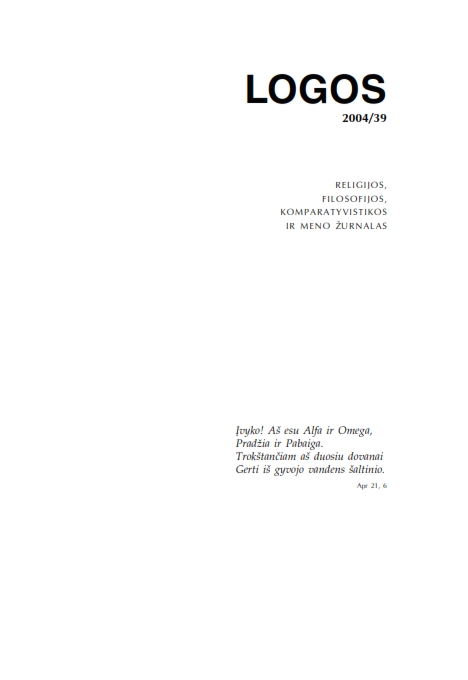
The article considers the “sociology of exceptionality” of the contemporary French art sociologist Natalie Heinich, who corrected, developed and widely applied the sociology of the artistic field elaborated by P. Bourdieu during the 19th century. She pays much attention to the formation of an autonomous artistic field and the social institutes connected with the artist’s identity and status. She explores exhaustively these aspects against a wide historical background.
More...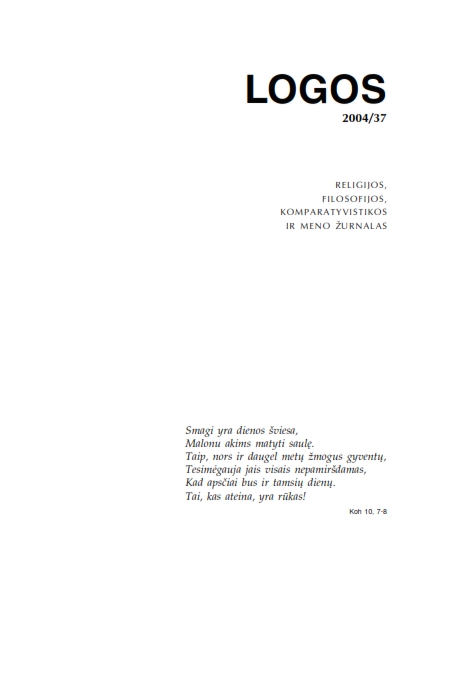
The article describes what kind of visual elements can be found in present-day theatre, classifies them, and analyses visuality in theatre art. The author makes a semiotic scheme of possible visual components in the theatre at the turn of the 20th and 21st century. The article states how important visuality is in postmodern theatre art, and which tendencies it faces in Lithuania, how visual components correlate with words, sounds and music, and how these components are created.
More...
In contemporary society’s decentralisation, fragmentation and indetermination, the perception of the process of normalisation is resolved and transformed. The social and cultural structure, which was formed by binary partition, is resolved and, more important, becomes a field which is ignored and is not public. So in contemporary structures, a different and opposite identity is named as marginal. Marginal identity is not indiscrete. It is resolved, decentralised; it is made from fragments, and reshaped. So marginal identity doesn’t identify itself with traditional cultural or social elements and instead creates itself as different. When the perception of identity changes, the position of some discourses changes as well. Some of the important discourses which have changed their positions in contemporary social and cultural structures are the treatment of space, body and gender. Body/gender become multifunctionals and change their positions. The body could be named as the place of identity. The body can help to understand the world, and at the same time to create a different identity. With the term “marginal” it is possible to link different, not researched, theatrical phenomena, which is not the same as traditional theatre. Marginal theatre can not be called avant-garde theatre because of its localisation and the negation of traditional, official, institutional theatre. That’s why marginal theatre develops as an individual phenomenon, which exists in a marginal space.
More...